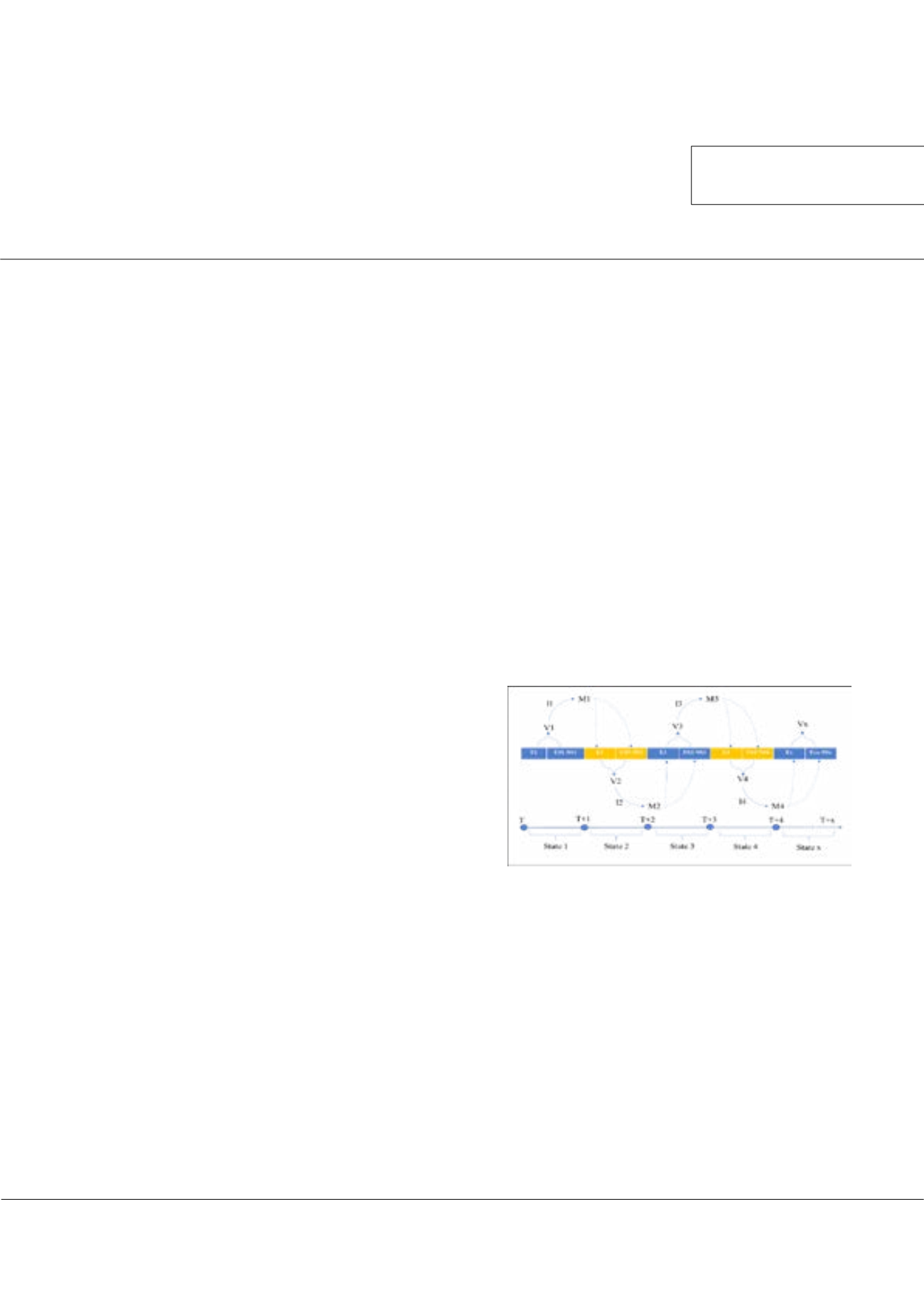

Page 51
conferenceseries
.com
Volume 2
Environment Pollution and Climate Change
ISSN: 2573-458X
Climate Change 2018 &
Global ENVITOX 2018
October 04-06, 2018
October 04-06, 2018
London, UK
16
th
Annual Meeting on
Environmental Toxicology and Biological Systems
&
5
th
World Conference on
Climate Change
JOINT EVENT
The role of spatial analysis in avoiding climate change maladaptation—a systematic review
Chia-Fa Chi
1,2
, Dan Ware
2
, Willow Hallgren
2
, Rodger Tomlinson
2
and
Shiau-Yun Lu
1
1
National Sun Yat-sen University, Taiwan
2
Griffith University, Australia
A
s the practice of climate change adaptation has developed rapidly over recent decades, so has the evidence of maladaptation
associated with adaptation initiatives, particularly in the form of risk transfer and risk substitution. Increasing our
understanding of maladaptation is important so as to avoid negative outcomes of adaptation project implementation. However,
as a research topic, maladaptation has received limited attention to date. Previous research has focused on the development of
conceptual frameworks that can assist in defining and evaluating maladaptation, which can be applied to adaptation planning
processes seeking to avoid maladaptation. However, practical case studies and methods which can assess and evaluate the risk
of maladaptation by integrating both spatial and temporal aspects in a simulation tool have not been done to date. This paper
aims to fill this gap by exploring the existing knowledge on maladaptation to climate change, and the interaction between
land use change, adaptation planning and project design with the purpose of extending our conceptual understanding. We
adopted a systematic review method which involved considering several questions including: (a) What are the definitions and
categories of maladaptation? (b) What methods and theoretical frameworks exist for the assessment and evaluation of the
risks of maladaptation? (c) How have climate-related research communities considered the issues of maladaptation? (d) What
are the experimental studies on land use change which could be applied to minimize the risks of maladaptation in the future
adaptation planning? We conclude that future research on maladaptation should integrate spatial analysis methods to assist the
identification of maladaptation risk at the initial stage of adaptation planning.
Recent Publications
1. Shiau-Yun Lu, Chia-Fa Chi, Chia-Wen Hsu. 2017. Study
of Land Use Changes in Coastal Zone and the Response to
Climate Changes in Taiwan. Conference on Regional Sea-
level Changes and Coastal Impacts. New York, USA.
2. Chia-Fa Chi, Shiau-Yun Lu. 2016. Linking Barriers for
Adaptation and Maladaptation to Climate Change: A Brief
Review. The 38th Ocean Engineering Conference in Taiwan.
Taipei City, Taiwan.
3. Chia-Fa Chi, Shiau-Yun Lu, Jian-Cheng Chen. 2016.
Assessing the Disaster Resilience in Four Coastal
Communities, Pingtung, Taiwan. Fifth International
Conference on Climate Change Adaptation 2016. Toronto, Canada.
4. Chia-Liang Chan, Shiau-Yun Lu, Kuo-Ching Huang, Chia-Fa Chi. 2015. Study for Adaptation Strategy Construction by
Land-use Module Application. Climate Adaptation in Taiwan—International Conference of Climate Change Adaptation
Technology. Taoyuan City, Taiwan.
5. Chia-FaChi, Shiau-YunLu, Jeng-Di Lee. 2015. EffectiveAdaptiveMeasuresCouldbeMaladaptation: Case Study inChiatung
Coastal Area, Pingtung, Taiwan. The 2nd European Climate Change Adaptation Conference (ECCA). Copenhagen,
Denmark.
Biography
Chia-Fa Chi is a Doctoral Candidate of the Department of Marine Environment and Engineering in National Sun Yat-sen University, Taiwan. His main research activities are
focused on adaptation to climate change in coastal areas. In particular, he is interested in the issues of maladaptive risks. He has received awards of the Graduate Students
Study Abroad Program which is sponsored by Taiwan Ministry of Science and Technology and National Sun Yat-sen University, separately.
d005040007@gmail.comChia-Fa Chi et al., Environ Pollut Climate Change 2018, Volume 2
DOI: 10.4172/2573-458X-C1-002
Figure 1:
The Exacerbates Risk Concept of
Maladaptation (revised from Magnan et al., 2016)
















